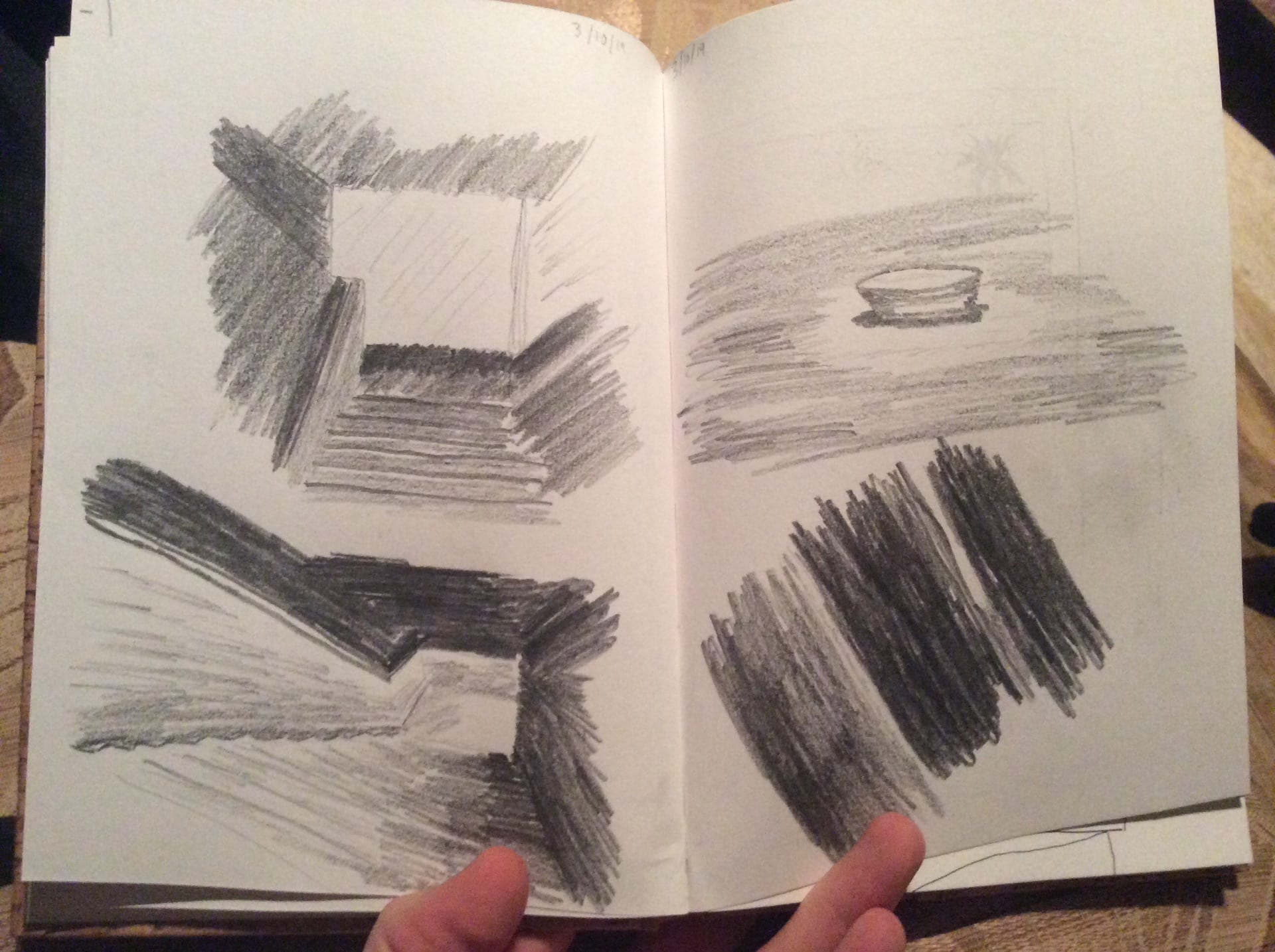For such a large and layered city, Santiago is not that touristic. Compared to some of the large European cities I have been to, it felt like the city catered much less to tourism- and more specifically American tourism. For example: only a small amount of the signs are in English, just two lines of the metro make announcements in English, and many people did not seem to change their behavior to make us feel more comfortable. Why then make a distinction about American tourists? After all tourists in general can be inconsiderate and annoying- to be fair to people from the US, we are not the exception. What, in my opinion, distinguishes American tourists from the rest of the world is their expectations. We don’t need to speak another language, they should speak English. We don’t need to know other cultures customs, they should accommodate ours. It is refreshing to see a city that doesn’t feel like is catering to all of our expectations.
Despite how Santiago is now, talking with Alejandro he seems think that tourism is an increasing industry in the country. And often times increasing tourism is a good economically for a country. I also think that it would be problematic to say that Americans shouldn’t go to an area for fear they would taint it. Often I think that it is unfortunately the case that the tourists will come and the question becomes how can they be responsibly integrated into the city. An answer to the question that may not immediately be the most obvious, but one that I would argue is the most encompassing is creating and maintaining healthy public spaces in the city. These may be pedestrians streets, plazas, or parks but often they all work together to allow a healthy interaction between people occur.
Why is it important for tourists and the public to interact? It may seem like a trivial question, however list off some major tourist cities and often the two don’t mix. Cities sometime have an active interest in keeping their citizens away from tourists. In Santiago I often felt closer to the citizens of the city and I believe it is unequivocally because the public spaces are well designed and allow for this mutual exchange to occur. Pedestrian streets and bike lanes reach to not just areas with hotels but areas where people live and draw them towards plazas and parks. Seating is designed to accommodate different sized groups and different uses. The spaces feel safe and maintained- and thus they are cared for by both tourists and the public. I think a perfect example of this is plaza de armas. It is remarkable that the space is both so populated by tourists but also immigrants and citizens of Santiago. The plantings and design make it interesting, maintenance keeps it cared for, authorities keep it safe, and walking streets get people there on foot. All these things must work in harmony to make the public space work and perhaps most importantly- allow the citizens and tourist to coexist.








